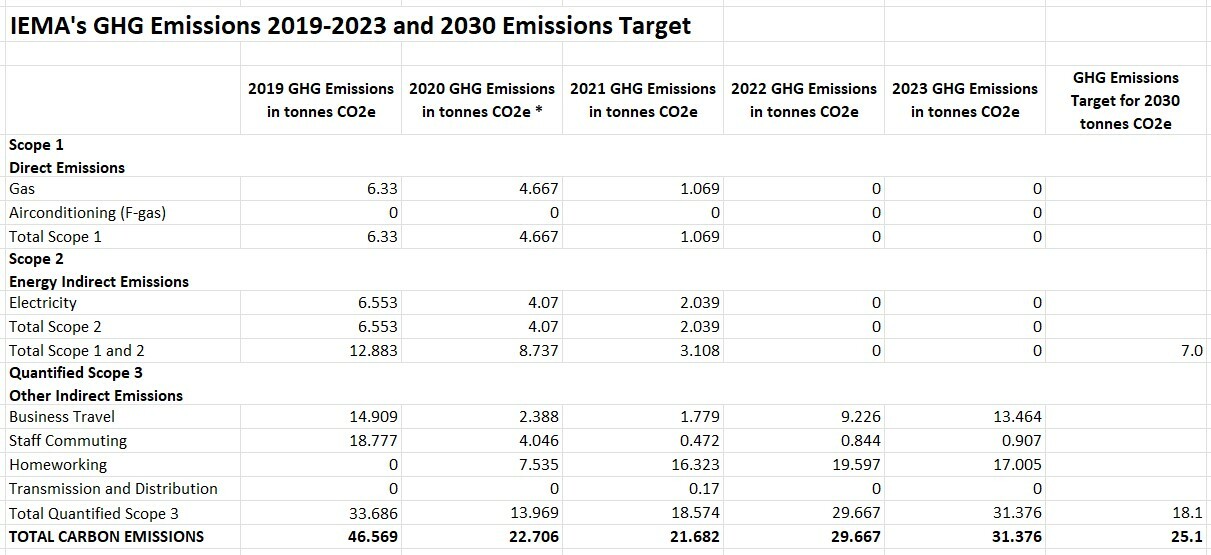In line with IEMA commitments under the Pledge to Net Zero Scheme, IEMA has calculated a Science-Based Reduction Target.
Based on the above data and using the more ambitious 1.5 degree Celsius scenario, IEMA is committed to the following Science-Based Emissions Reduction Target for the reduction of our GHG emissions covering Scopes 1 and 2 and Scope 3 emissions. We have used the Absolute Contraction Approach and the baseline year is 2019:
- Reduce our Scope 1 and 2 emissions comprising gas and electricity to meet a 46.2% reduction of emissions to not exceed 7 tCO2e by the first Target Year 2030.
- Reduce our Scope 3 emissions comprising our business travel and staff commuting to meet a 46.2% reduction of emissions to not exceed 18.1 tCO2e by the first Target Year 2030.
NOTES – Pledge to Net Zero
The Pledge to Net Zero scheme has been established to commit organisations from the environmental sector to take a leadership role in the transition to a net zero carbon economy.
Pledge signatories commit to:
- Set and commit to deliver a greenhouse gas target in line with either a 1.5°C or well below 2°C climate change scenario – covering buildings and travel as a minimum.
- Publicly report greenhouse gas emissions and progress against this target each year.
- Publish one piece of research/thought-leadership each year on practical steps to delivering an economy in line with climate science and in support of net zero carbon. Alternatively, signatories may choose to provide mentoring and support for smaller signatory companies in setting targets, reporting and meeting the requirements of the pledge.

